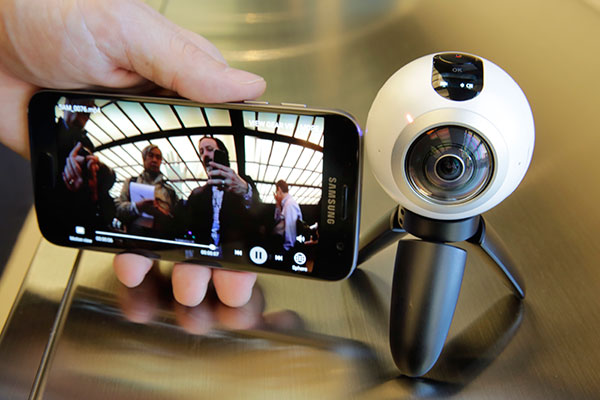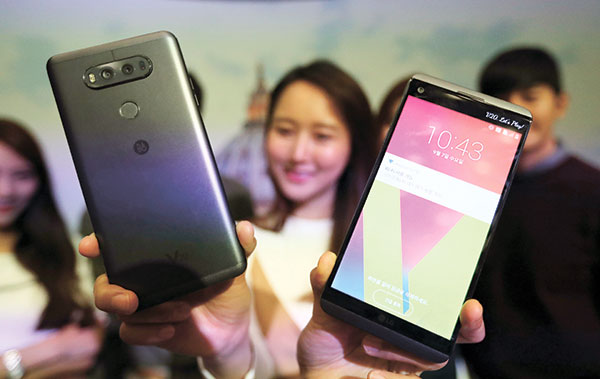Shooting 360 videos: Ditch all you learned with cameras
AS cameras that shoot 360-degree photos and videos become affordable, curious users will face a new challenge: Figuring out how to take meaningful and compelling shots in what’s effectively a new medium.

With 360, it’s tough to stay out of the shot, as there’s no hiding behind the lens. And old video habits — like following subjects as they move — will die hard. Whoever holds the camera no longer controls the field of vision. With 360, viewers do that in virtual-reality headsets, phones or computers.

Some phone apps can create 360-degree photos by stitching together images, similar to a panoramic shot, but a 360-degree camera is required for video. Ricoh’s 360-degree Theta S camera sells for $350 and LG’s 360 Cam costs $200. Samsung is also coming out with one this year.
Diving into 360 video means ditching traditional techniques that work well with smartphones and other cameras; doing otherwise means lots of dull 360 photos and videos. This is a new way of capturing the physical world, and it’s as distinct from normal photography as television was from radio. It takes trial and error to create immersive clips that will make viewers feel as though they are there. (AP)



